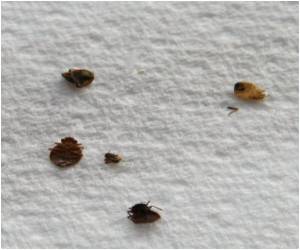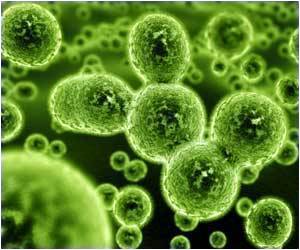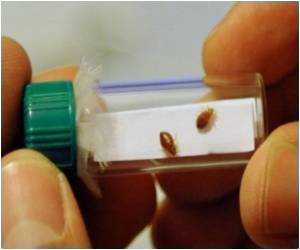Beauveria bassiana - a natural fungus shows promising results as an effective biopesticide for bed bug control, says Penn State entomologists.

Compounding the problem are concerns about the safety of using traditional chemicals in the domestic environment.
According to Nina Jenkins, senior research associate in entomology, preliminary bioassays on the effects of Beauveria bassiana-a natural fungus that causes disease in insects-on bed bug control have been performed, and the results are encouraging.
Jenkins, working with Alexis Barbarin, a former Penn State postgraduate student now at the University of Pennsylvania, Edwin Rajotte, professor of entomology, and Matthew Thomas, professor of entomology, looked at how B. bassiana acts through contact with its insect host.
"They are natural diseases that exist in the environment. They are relatively easy to produce in a lab and stable, so you can use them much like chemical pesticides," said Jenkins.
In the study, the researchers used an airbrush sprayer to apply spore formulations to paper and cotton jersey, a common bed sheet material. Then control surfaces, again paper and cotton jersey, were sprayed with blank oil only.
The researchers found that all of the bed bugs exposed to the biopesticide became infected and died within five days.
This result is important because bed bugs live in hard-to-reach places.
Jenkins' team reported their results in the most recent issue of the Journal of Invertebrate Pathology.
Source-ANI
 MEDINDIA
MEDINDIA


 Email
Email




